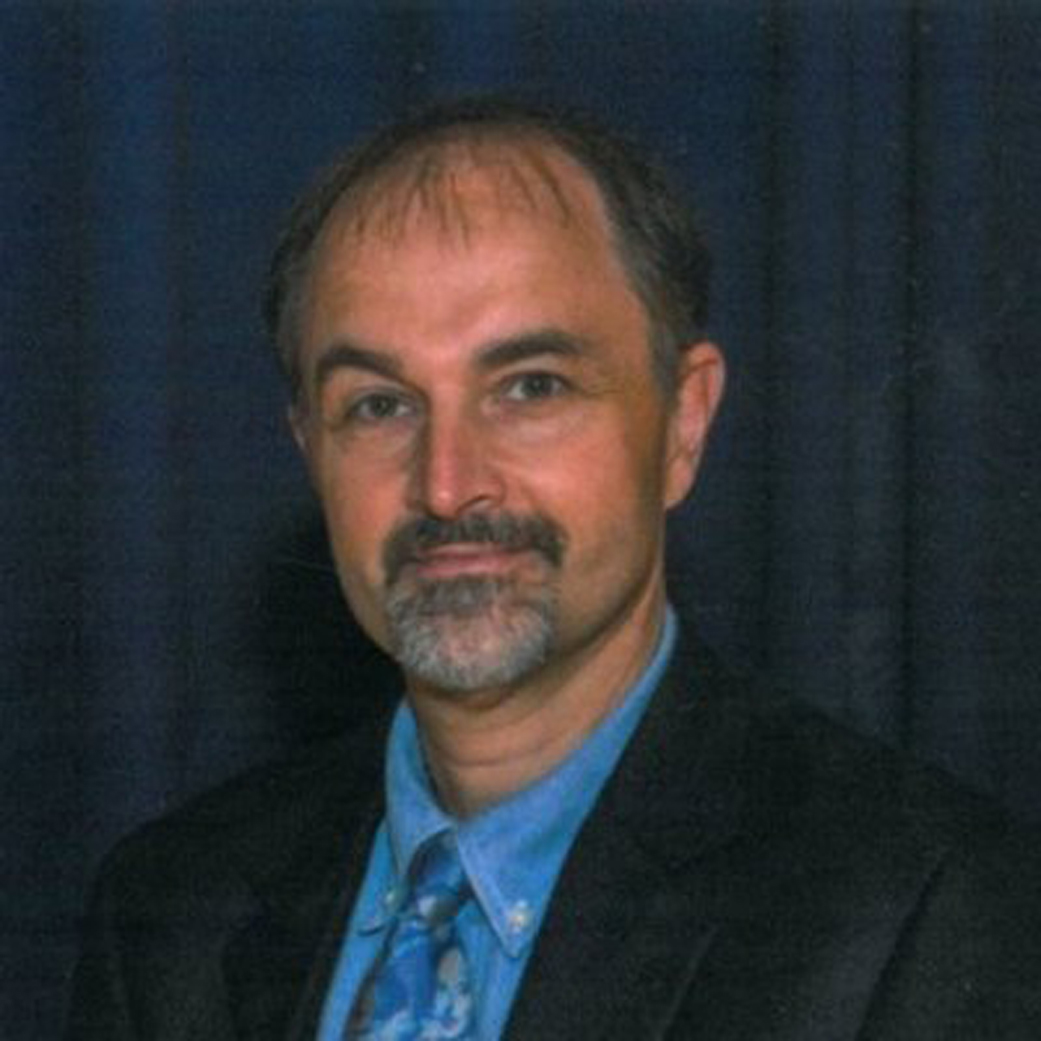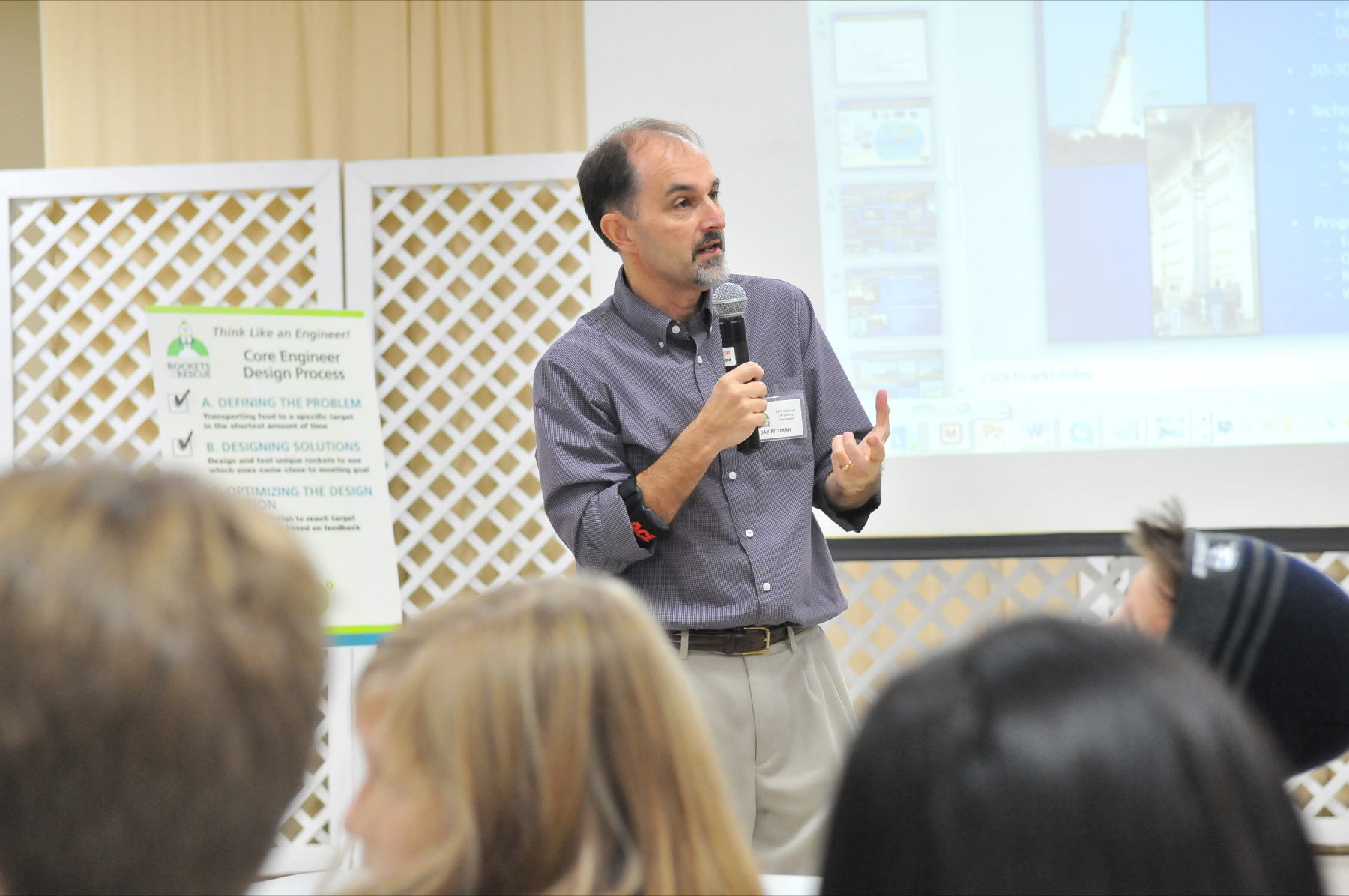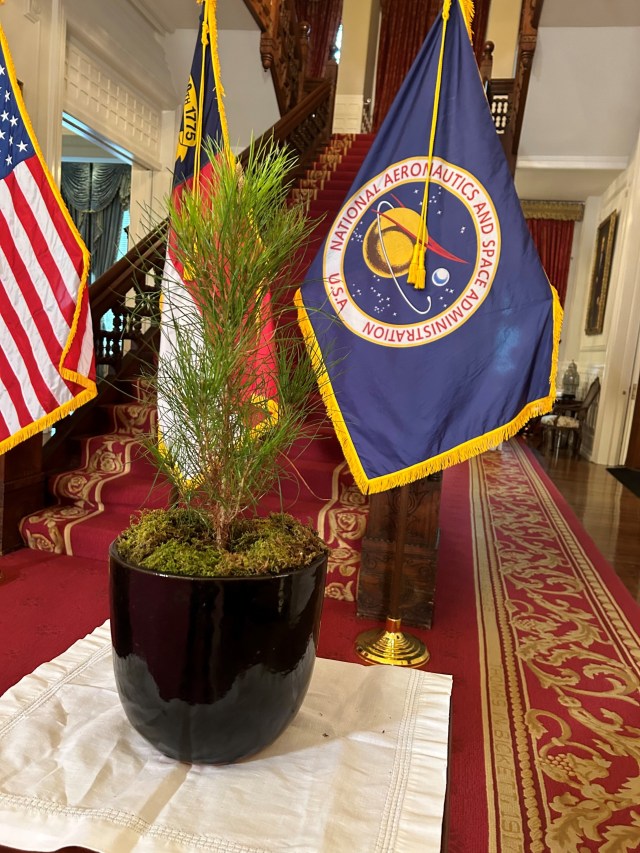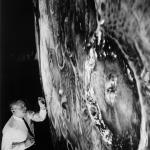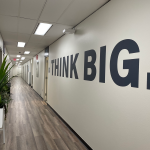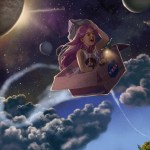Name: Jay Pittman
Title: Deputy Director for Strategy and Integration, Wallops Flight Facility, Goddard Space Flight Center
Formal Job Classification: Computer engineer
Organization: Code 800, Suborbital and Special Orbital Projects Directorate, Wallops Flight Facility (Wallops), Goddard Space Flight Center
What do you do and what is most interesting about your role here at Goddard? How do you help support Goddard’s mission?
I’ve got the best job in the world for me. I get to try to look forward in time and figure out what we could be doing in the future. I help create the future by identifying the steps we can take to achieve those goals together.
“Together” includes everyone at Wallops but also recognizes we are part of Goddard and NASA, our role as a federal asset and our collaborations with state and commercial partners. I look at the intersection of our capabilities, future needs, threats, opportunities, customers and stakeholders to create plans and strategies.
The breadth, flexibility and creativity of that whole team is amazing. Everyone is committed to executing successfully, and our team can execute reliability. That kind of performance really frees us on the leadership team to look forward and plan from a position of strength. All that is true across all of Goddard, and I am fortunate to be a part of the team that helps create Goddard’s future strategies.
What are some examples of past success?
We always imagined we would launch a rocket to the moon. I helped lead the team that put the rocket together and launched it for the Lunar Atmosphere and Dust Environment Explorer (LADEE) mission! We were able to dream that dream, and then so many people helped that dream come true. That is what can happen when you dare to look into the future and then commit to pursuing it.
Another example of our past success is the capability to resupply the International Space Station, in partnership with Orbital ATK and Virginia Space. We partnered with the U.S. Air Force and the Commonwealth of Virginia to launch some Air Force satellites. That gave the launch community a fresh demonstration of our launch capability to remind them we are capable, flexible, low-cost and responsive in providing launch services.
Other past successes include our Global Hawk hurricane missions, our recent Super Pressure Balloon flight and our many multi-payload sounding rocket missions. At an operational site like Wallops, success happens every single day.
How important is listening when developing a future strategy?
The first part of creating a strategy is to listen, to our center and agency leadership and customers, to hear what is needed. It is most important to listen to our team, the folks actually doing the work, about what is and is not working. But taking the time to do that can be hard. Everyone is in a hurry for the next thing. That pressure can make it hard to hear, can make it hard to believe you even have the time to listen to everyone. I understand that, but sometimes you really have to go slow at first if you want to go far.
My door is always open. People know I will always listen to their ideas and thoughts. I get questions and comments from people all over Wallops, Goddard and many other centers. I also like going to other people’s offices because I learn more when visiting employees and customers where they work.
How did a computer scientist and mathematician become a strategist?
I was trained as a computer scientist and mathematician. I fit the stereotype. I am very introverted. I am happiest when I am alone with my computer and my thoughts, but that is not what NASA needs me to be. So I learned to think about our capabilities, organizations and partners, as processes, just like in a computer program, and to see the interfaces of those capabilities with the needs of our customers. Creating a new strategy is like designing cool new software—it’s all about the interfaces!
Wallops is an operational facility. As a former Wallops range commander, how do plans make operations run more smoothly?
At Wallops there is always an operation going on, so the key is to fully understand your capabilities, your team and your plans. The only way to stay calm and focused is to know you have a plan not only for what you will do when things go right, but also when things go wrong.
We have a saying: “The best operational plan is so smooth that it seems invisible on a good day, but on a bad day is prominent and it is perfect.” If there’s not a plan for both success and failure, then we are not ready for the operation. We practice for bad days and failures as much or even more than we practice for the good days.
How do you lead change?
You cultivate in yourself the person that you need to be in the future. You have to believe your best effort will be successful and then you have to help your coworkers believe that too. You have to trust your teammates and put them in a position to succeed by playing to their strengths.
A change-leader cannot be side-tracked by the rumor of the moment or the news story of the day. We have to really understand ourselves and our capabilities and then believe in our strategy and our people while we help each other execute it step by step. It may not initially all work perfectly, but when we go forward, we go together.
How do you handle failure?
At Wallops we believe that when we fail, we “fail forward.” It’s just like football—everyone gets tackled, but you try to fall forward and get that extra yard for the team. If we fail in something, we don’t focus on blame, but on lessons learned and taking the next step forward. Sometimes things fail, and when they do, you have to commit yourself to being better after the failure than you were before it. You learn lessons, you implement solutions and you try again.
How important is teamwork or collaboration?
I don’t know a single project or idea, not one single example of success, that was achieved by one person truly alone. Teamwork and collaboration, between people, organizations, centers and agencies, are the only way we will succeed.
Why do you work for NASA?
I always knew I would work for NASA. I believed, and still do, we work for the benefit of humankind. I just don’t think there is a higher calling. We reach farther to learn about the universe, not for ourselves but for every person on the planet. When we land a robot on Mars, take close-ups of Pluto, or study the ice sheets, the sun, the oceans or the ionosphere, we are responding to a basic human yearning to understand ourselves and our universe.
If somebody asked you, “What is Goddard,” what would you tell them?
We are seekers who aren’t afraid of what we will learn by asking, and then answering, hard questions or by trying hard things.
You write a weekly blog called “Interesting Things.” What is it about?
I imagined I had a child who was a new employee at NASA. The blog is my way of informally telling that child about some of the amazing things I get to see and do because of my position and my experience. It’s hard as a new employee, or even as a long-time employee, to look beyond the tasks you get assigned or to think about being a leader when you feel like you aren’t in control of anything. So I write about cool stuff related to NASA, a little bit of leadership advice and a little bit about being on a team.
What one thing would you tell someone starting a career at NASA?
Don’t ever forget you have to lead from where you stand and that you have to be a good follower and listener before you can lead.
Who is the most interesting person you have met at Wallops?
It is really hard to pick one, so I will name two. I never met anyone who worked so hard to make himself effective for NASA as John Campbell, a former Wallops director. He demanded a lot of us too, but he demanded so much more of himself. Not everyone got to see that side of him. He challenged almost everything I thought I knew about NASA and about leadership.
Another amazing person was Dave Moltedo, a Wallops range technician who could build anything. We had lots of projects that only worked because Dave went into a room over the weekend and came out with something that looked a little crazy, but worked and was safe. He did everything with a chuckle and a smile.
What was your best day at Wallops?
My first day of work at Wallops. I walked into my office and met my officemate. She is now my wife of more than 20 years.
What are some of your other interests?
I love ancient history and philosophy. They remind me that we humans have a lot of knowledge and capability, but we still need to become wiser and can always try to improve.
Do you have a favorite place to relax?
I like the beach in the evening. It is magical.
What is your favorite book?
“Les Misérables” by Victor Hugo. To quote Hugo’s own preface to the work, “So long as ignorance and misery remain on earth, books like this will not be in vain.” His book shows us our better selves—what we could be.
What is your favorite place to visit?
I love to travel. The world is a big place. It is important for us to visit different places so that we can feel small. Only when you feel small can you realize it’s not all about you. I was most moved when I visited Rome and stood in the Pantheon, a 2,000-year-old building that looks like it was built yesterday. The Romans gave us so much we now take for granted.
What is your “six-word memoir”? A six-word memoir describes something in just six words.
Learning slowly. Moving forward. Constantly amazed.
By Elizabeth M. Jarrell
NASA’s Goddard Space Flight Center, Greenbelt, Md.

Conversations With Goddard is a collection of Q&A profiles highlighting the breadth and depth of NASA’s Goddard Space Flight Center’s talented and diverse workforce. The Conversations have been published twice a month on average since May 2011. Read past editions on Goddard’s “Our People” webpage.





























